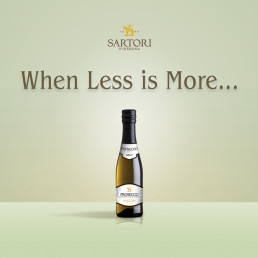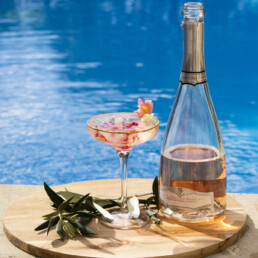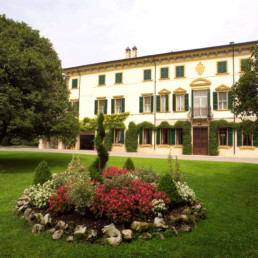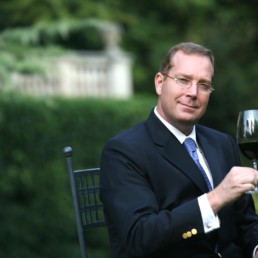13 June, 2024
Introducing… Sartori Prosecco Minis
Prosecco has long been the ultimate ‘everyday luxury’ sparkler and we're very excited to introduce this old favourite…
31 August, 2021
The Love Child of Prosecco & Rosé is Here
This year’s summertime splash is painted pink. And it sparkles!
11 September, 2017
Focus on Andrea Sartori: Wines of Casa Vinicola Sartori
In the last part of 1800s, Pietro Sartori’s trattoria was a place that could not be missed for merchants, small…
4 September, 2017
Andrea Sartori: The Driving Force Behind Sartori di Verona
Blonde, blue-eyed Andrea Sartori, president of Sartori di Verona enjoys Cuban cigars, has a mean golf swing, and even…



